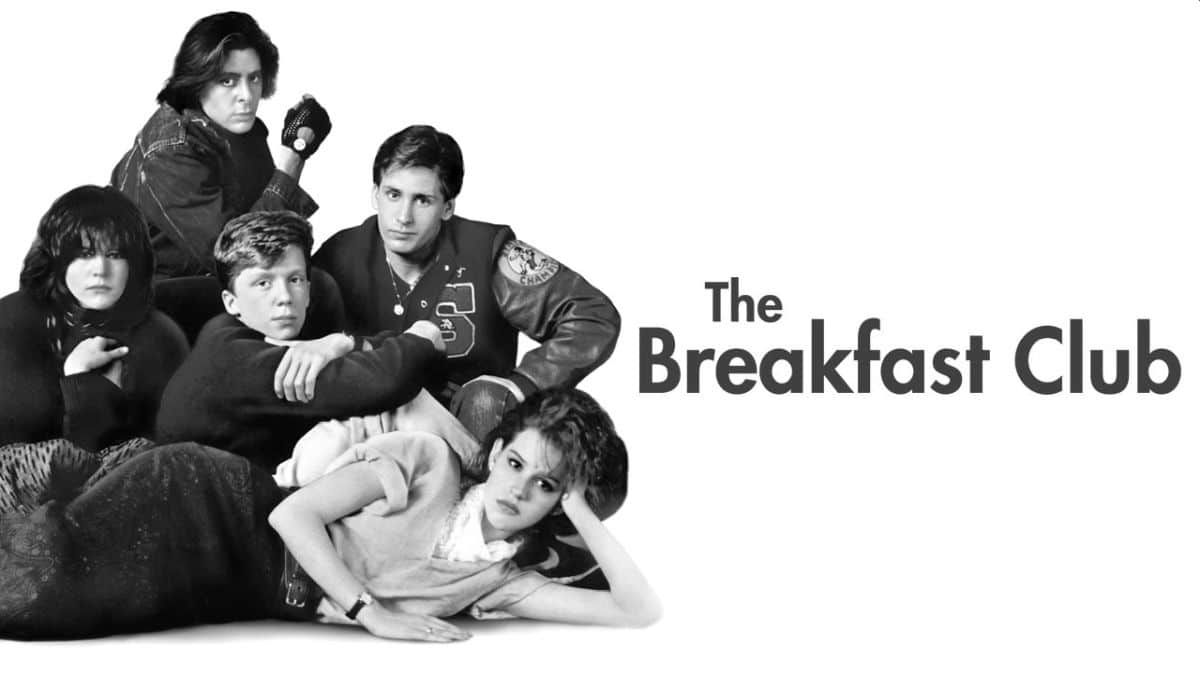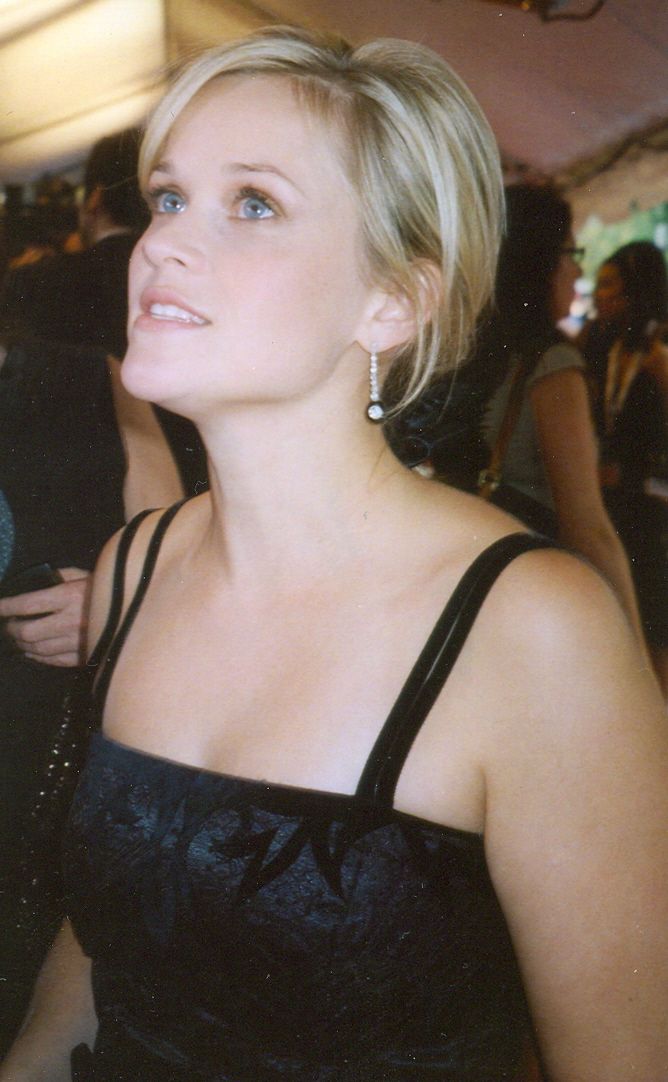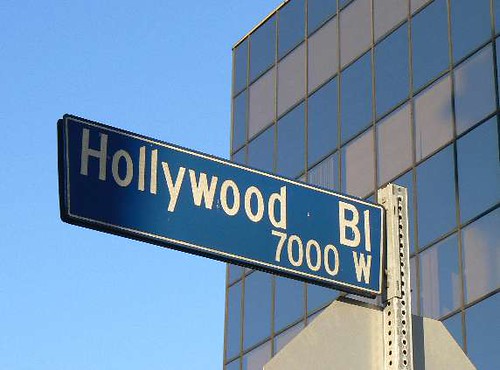
The 1960s stands as a unique and transformative period in the annals of entertainment history, a time when Hollywood was a bustling hub of creativity, innovation, and star power. It was an era that gave us indelible films, groundbreaking television shows, and a galaxy of actors whose faces became instantly recognizable across living rooms and movie theaters worldwide. These were performers who, for a time, were truly ‘in everything,’ embodying the spirit of a vibrant decade and capturing the hearts of millions with their charisma and talent.
Yet, the spotlight of fame, as dazzling as it might be, often proved to be an unpredictable and sometimes fleeting phenomenon. For every star who sustained a lifelong career, there were countless others who, despite their initial meteoric rise and undeniable omnipresence, seemed to vanish from public view almost as quickly as they appeared. This phenomenon left countless fans curious, pondering the fate of their favorite actors and wondering what untold stories lay behind their graceful or abrupt departures from the glitz and glamour of Tinseltown, leaving behind a legacy that is sometimes forgotten but always worth remembering.
In this deep dive, we pull back the curtain on a select group of these enigmatic figures—talented actors who were once constants on our screens throughout the 1960s. We explore their unforgettable contributions to film and television, delve into the unique circumstances that led them away from the relentless demands of stardom, and reflect on the intriguing paths they chose instead. Their stories offer a fascinating glimpse into the unpredictable nature of celebrity, the complex interplay between personal ambition and industry pressures, and the enduring human desire for purpose beyond the flickering images of fame.
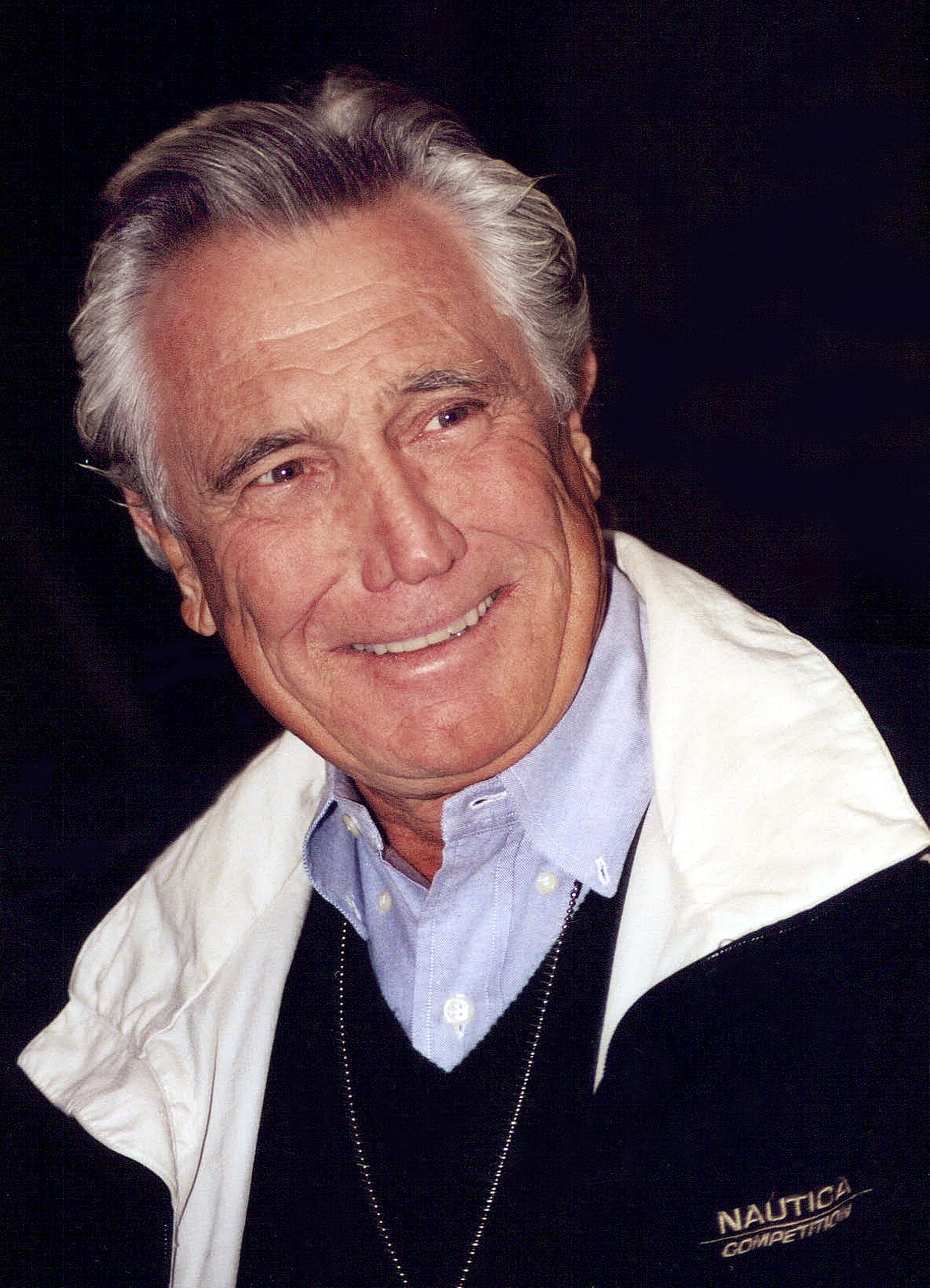
1. **George Lazenby**George Lazenby’s entry into the glittering world of Hollywood was nothing short of a cinematic explosion, catapulting him into international stardom with his iconic portrayal of James Bond in “On Her Majesty’s Secret Service.” Bursting onto the scene with an inherent charisma and a fresh face, he quickly became a household name, seemingly destined for a long and illustrious career as the suave secret agent. His brief yet impactful tenure as 007 left an indelible mark, introducing a more human and vulnerable side to the character.
However, Lazenby famously, and perhaps impulsively, turned down an astonishing seven-film Bond contract, a decision that sent shockwaves through the industry. This unprecedented move was driven by his unconventional belief that Bond films would soon lose their appeal in the changing cultural landscape of the late 1960s and early 1970s. This bold foresight ultimately led to a brief, though memorable, presence in the Hollywood mainstream, and a less conventional career path.
His story underscores the often unpredictable and volatile nature of fame, demonstrating how personal conviction can sometimes override the conventional wisdom of an industry. Despite his singular Bond appearance, Lazenby’s name remains synonymous with a pivotal moment in the franchise’s history, perpetually fascinating fans. His legacy is not just about the role he played, but the unprecedented decision he made, solidifying his place as an iconoclast in cinematic lore.
Read more about: Shaken Not Stirred: The Definitive Ranking of the 10 Great James Bond Movies That Defined a Legacy

2. **Tina Louise**Tina Louise, with her captivating allure, striking red hair, and undeniable screen presence, embodied the quintessential Hollywood star of the 1960s, largely through one iconic role. As the glamorous movie star Ginger Grant on the beloved sitcom “Gilligan’s Island,” she became an instant household name and a pop culture icon. For many, she was the epitome of aspirational beauty and wit, often seen as the sophisticated foil to the other island castaways.
Yet, as the 1960s drew to a close and the sun set on “Gilligan’s Island,” the pursuit of substantial new roles in major productions seemed to elude her. The challenge of transitioning from a hugely popular, typecast character proved to be a significant hurdle. Louise herself expressed frustration over being pigeonholed, yearning for more serious and diverse acting opportunities than Hollywood seemed willing to offer her.
Her journey poignantly reflects the fleeting and often unforgiving nature of fame in the entertainment industry, a stark reminder of its inherent volatility. Despite stepping back from the immediate grind of mainstream acting, her portrayal of Ginger Grant remains iconic and deeply cherished by fans worldwide. Louise’s subsequent choice to embrace a more private life, away from constant scrutiny, adds a layer of intrigue to her storied and memorable career.
Read more about: Recall the ’60s? These 12 Iconic Authors Defined an Era and Their Books are Still Essential Reads

3. **Sal Mineo**Sal Mineo was undeniably a star on the rise during the 1950s and 1960s, a talented actor whose intense and emotionally charged performances quickly earned him critical acclaim and a devoted fanbase. His breakout role in the seminal film “Rebel Without a Cause,” opposite James Dean, cemented his status as a Hollywood sensation and a powerful symbol of youthful defiance. Mineo brought a compelling vulnerability and raw emotion to his characters, particularly as Plato.
Throughout the late 1950s and early 1960s, Mineo continued to impress, earning an Oscar nomination for “Exodus” and showcasing his versatility across various genres. He was celebrated for his ability to convey deep emotional complexity, often portraying troubled or marginalized young men with a sensitivity that was ahead of its time. His presence in a film or stage production was often a guarantee of a performance filled with genuine feeling and intense dramatic weight.
However, as the late 1960s progressed, Mineo found fewer and fewer substantial roles that matched his earlier successes, and the initial momentum of his career began to wane. The industry’s shifting tastes, coupled with his own personal challenges and a struggle to transition out of teen idol roles, contributed to this decline. He tried his hand at directing and stage work, seeking creative outlets when film opportunities dwindled.
His life, tragically, became a tapestry woven with threads of brilliant artistic success and profound personal hardship, culminating in his untimely and shocking demise in 1976. This tragic end, a murder that captivated the nation, left the industry and his fans reeling, mourning the loss of a truly gifted artist. Despite this, Mineo’s impact on cinema remains profound and enduring, a powerful legacy that continues to inspire actors and filmmakers.
Read more about: Understanding Womanhood: A Deep Dive into Biology, Identity, and Societal Evolution
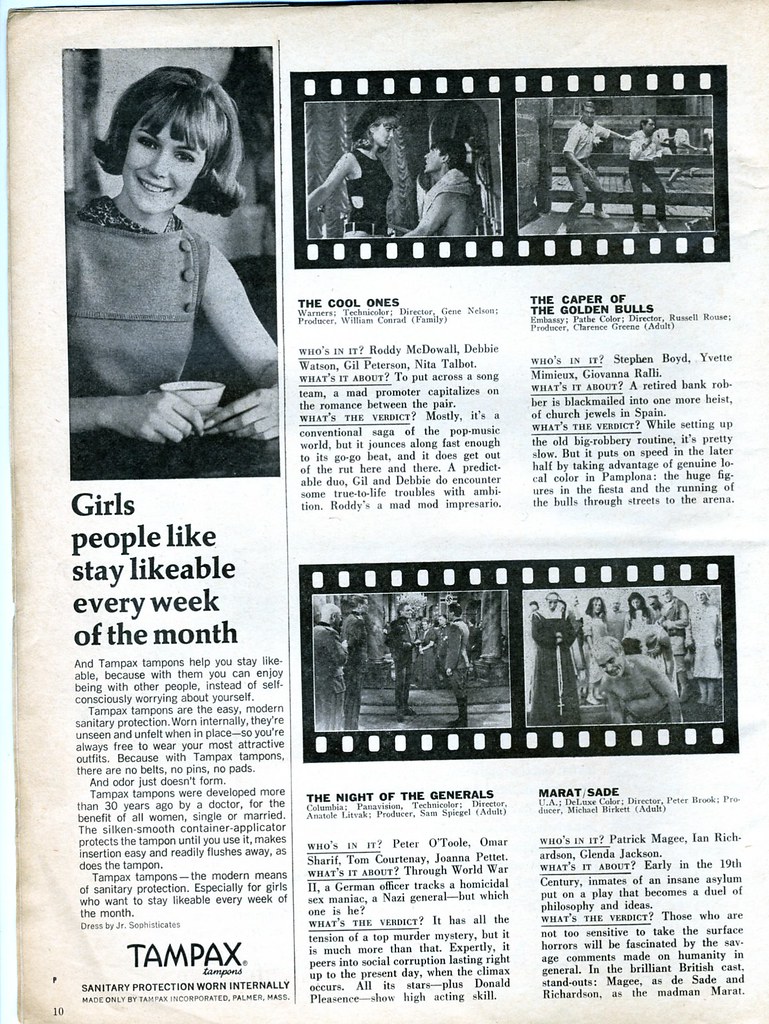
4. **Debbie Watson**Debbie Watson, with her sweet charm and wholesome, girl-next-door on-screen presence, became a familiar and beloved face on television screens throughout the 1960s. Her sunny disposition and relatable performances in popular family-friendly shows such as “Please Don’t Eat the Daisies” quickly endeared her to audiences across America. She embodied an innocence and accessibility that resonated deeply with the era’s domestic programming.
She also starred in the short-lived but memorable sitcom “Karen” and made guest appearances on other prominent shows of the day, further cementing her status as a youthful television favorite. Watson’s ability to convey genuine warmth and a sense of youthful optimism made her a natural fit for the characters she portrayed. Her bright smile and engaging performances were a hallmark of her brief but impactful career in the public eye.
However, as the decade that had launched her career came to a close, Watson’s once-ubiquitous presence in Hollywood gradually waned. The consistent flow of prominent roles slowed significantly, and her familiar face began to appear less frequently on screen. This transition from child stardom to a quieter life reflects the often ephemeral and capricious nature of fame, particularly for young actors navigating the challenging transition into adulthood.
Watson’s eventual decision to step away from the relentless pressures and public scrutiny of the entertainment industry symbolized a personal desire for a simpler, more private existence. This choice allowed her to prioritize a life away from the constant demands of celebrity, choosing personal well-being over the pursuit of enduring fame. While her contributions to television were relatively brief, they are fondly remembered, illustrating how some individuals choose peace and privacy over the enduring glare of the public eye.
Read more about: Andy Bean, 11-Time PGA Tour Victor and ‘Gentle Giant’ of Golf, Dies at 70 After Transplant Complications

5. **Stella Stevens**Stella Stevens, a striking figure with platinum blonde hair, captivating blue eyes, and an undeniable magnetic screen presence, was a captivating force in Hollywood throughout the 1960s. Her career was marked by a vibrant versatility, as she effortlessly navigated between roles in major studio films and independent projects. She famously shared the screen with cinematic giants like Elvis Presley and Jerry Lewis, showcasing a remarkable talent that encompassed both dramatic roles and comedic flair.
Her impressive Golden Globe win in 1960 for Most Promising Newcomer seemed to unequivocally herald a lengthy and exceptionally successful career at the very pinnacle of the industry. Stevens possessed a natural charisma and a sophisticated beauty that made her a standout, and critics and audiences alike recognized her potential for lasting stardom. She was a quintessential bombshell of the era, but one with genuine acting chops.
However, despite her early triumphs and clear potential for greater roles, Hollywood’s notorious gender bias and the prevailing, often restrictive, attitudes of the time gradually began to limit her opportunities. Stevens frequently found herself typecast, increasingly offered roles that failed to challenge her artistic capabilities or, worse, reduced her to mere decorative eye candy rather than celebrating her substantial acting talents. The industry struggled to see her beyond her stunning looks.
Faced with the prospect of diminishing roles that did not align with her aspirations for serious acting, she made the bold and principled choice to step back from the intense spotlight of major film productions. This was a courageous decision, an act of defiance against a system that sought to pigeonhole her. She refused to compromise her artistic integrity or accept roles that she felt were beneath her capabilities, choosing personal and professional dignity over the allure of continuous mainstream visibility.
While she eventually continued working steadily in television for a period, health issues ultimately forced her into full retirement later in life. Yet, Stella Stevens left behind a significant legacy of performances that eloquently showcased both her undeniable beauty and her often underappreciated acting talents. Her story stands as a powerful testament to an actress who bravely refused to conform, choosing dignity and self-respect over being confined to the restrictive molds Hollywood often imposed on its exceptionally talented female stars.
Read more about: Chris Pratt’s Ascent: From Sitcom Charmer to Global Megastar—A Deep Dive into the Man Behind the Marvel Legend

6. **George Sanders**George Sanders, with his distinctive aristocratic accent, sardonic wit, and a perpetually urbane and detached demeanor, was an unparalleled presence in Hollywood, often typecast as cinema’s quintessential sophisticated villain or cynical bon vivant. His impeccable delivery of perfectly crafted barbs and his elegant, often menacing, portrayal of complex characters earned him immense critical acclaim. This culminated in an Academy Award for Best Supporting Actor for his iconic performance as Addison DeWitt in “All About Eve.”
Sanders cultivated a public persona that mirrored his on-screen roles—witty, aloof, and seemingly indifferent to the struggles of others. He was known for his effortless charm and a certain intellectual disdain for the often-frivolous aspects of the entertainment industry. This persona, combined with his undeniable talent, made him a unique and unforgettable figure in an era filled with larger-than-life stars. He excelled in roles that required a sharp intellect and a cynical outlook.
However, as the late 1960s progressed, Sanders’ appearances on screen became increasingly rare, marking a quiet retreat from the bustling world of Hollywood. Behind the public facade of his debonair screen persona, he was privately battling significant and debilitating depression, alongside a range of worsening health problems that included a series of strokes. These profound personal struggles impacted his desire to continue the rigorous demands of an acting career, leading him to a formal retirement from the screen in 1972.
His melancholic decline was compounded by a sense of disillusionment with life and an inability to find joy or purpose outside of his acting career, which itself had become a burden. He penned two autobiographies, which offered glimpses into his often troubled inner world, but even these literary endeavors couldn’t fully mask his despair. His final years were marked by a profound loneliness and a growing sense of ennui, despite his significant accomplishments.
Tragically, that same year, in 1972, George Sanders took his own life, leaving behind a stark and famously terse suicide note that simply stated he was “bored” with life. It was a final exit as memorable, shocking, and enigmatic as his unforgettable screen presence, a melancholic and deeply unsettling end to a career marked by both brilliant artistry and profound inner turmoil. His legacy enduringly positions him as one of Hollywood’s most captivating and complex villains.
Read more about: Why They Had to Go: Unpacking the 12 Most Logically Inevitable TV Deaths That Shocked and Shaped Their Shows

7. **Barbara Parkins**Radiating elegance and poise, Barbara Parkins captured the hearts of audiences across America with her memorable role in the seminal television series “Peyton Place.” During the bustling landscape of the 1960s, her star was undeniably on the rise, and her classic beauty and evident acting prowess made her a standout figure. She quickly became a recognized face, embodying a sophistication that resonated deeply with the era’s evolving television narratives.
However, as the vibrant decade gave way to the subsequent years, Parkins’ career trajectory shifted dramatically, leading to a quieter presence in the entertainment industry. She made a conscious decision to choose fewer projects, prioritizing personal well-being and finding solace away from the relentless scrutiny of the Hollywood spotlight. This intentional withdrawal from the demands of constant visibility reflected a deeply personal journey, highlighting her preference for a private existence over the enduring pursuit of fame.
Despite her graceful retreat, Barbara Parkins left an indelible mark on the industry, her performances remaining etched in the annals of television history. She is fondly remembered by those who cherished her work, serving as an enduring illustration of an actress who, despite her significant talent and beauty, chose to navigate her life on her own terms. Her legacy speaks to the varied paths stars may take when faced with the dichotomy of public adoration and personal peace.
Read more about: Ozzy Osbourne: Official Causes of Death Revealed for Rock Legend Aged 76

8. **Robert Walker Jr.**Emerging from the formidable shadow of his celebrated father, Robert Walker Jr. swiftly made his own significant waves within the dynamic world of Hollywood. His poignant role in the groundbreaking film “Easy Rider” particularly showcased his raw talent and distinct screen presence, hinting at a promising and impactful career ahead. He brought a unique intensity to his characters, establishing himself as an actor capable of conveying complex emotions.
Yet, as the calendar turned from the energetic 1960s into the often-unpredictable 1970s, Walker’s initial burst of fame began to fade from the mainstream public eye. His career trajectory became a compelling, yet often somber, tale of fleeting stardom, marked by sporadic appearances in various productions. He found himself navigating the intricate ups and downs of an industry known for its fickle nature, a challenging journey that tested his resilience.
Despite this ebb in his mainstream visibility, Robert Walker Jr. embodied the spirited, often unpredictable, world of 1960s cinema. His legacy endures, a testament to the vibrant and ever-changing landscape of Hollywood, captivating the imagination of film enthusiasts even today. He contributed to a pivotal era, leaving behind a body of work that continues to resonate with those who appreciate the nuanced performances of an actor who chose his own path.
Read more about: Unforgettable Icons: 14 Actors So Perfectly Cast, You Can’t Imagine Anyone Else in Their Legendary Roles

9. **Tuesday Weld**Tuesday Weld, a name that distinctly evoked a sense of youthful rebellion and sophisticated allure, carved out a unique space for herself in Hollywood. Transitioning gracefully from a captivating child star to a respected adult actress, she captivated audiences with a series of nuanced performances in films like “Rally ‘Round the Flag, Boys!” and her compelling appearances in shows such as “The Many Loves of Dobie Gillis.” Hollywood, at times, seemed unsure how to fully utilize her unique blend of intelligence and on-screen charisma, often casting her in teen roles despite her evident depth.
Despite earning both Oscar and Emmy nominations, a clear testament to her undeniable acting talent, Weld made a deliberate and often surprising choice to step back from the intense glare of stardom. She famously admitted, “I didn’t want to be a movie star,” a sentiment that underpinned her unconventional career decisions. This profound desire for privacy led her to reject iconic roles that could have solidified her place at the very pinnacle of the industry, including parts in revered films like “Bonnie and Clyde” and “Rosemary’s Baby.”
Her enigmatic presence continues to intrigue fans, making her a compelling symbol of 1960s counterculture and a testament to an artist prioritizing personal authenticity. Weld’s vibrant and complex legacy resonates deeply in cinematic history, reflecting a journey of self-discovery and the enduring allure of Hollywood’s golden era, even for those who choose a path less traveled. Her story stands as a powerful reminder that not all glittering careers follow a conventional trajectory.
Read more about: Beyond the Marquee: Reclaiming the Unsung Brilliance of 14 Forgotten 1960s Actresses
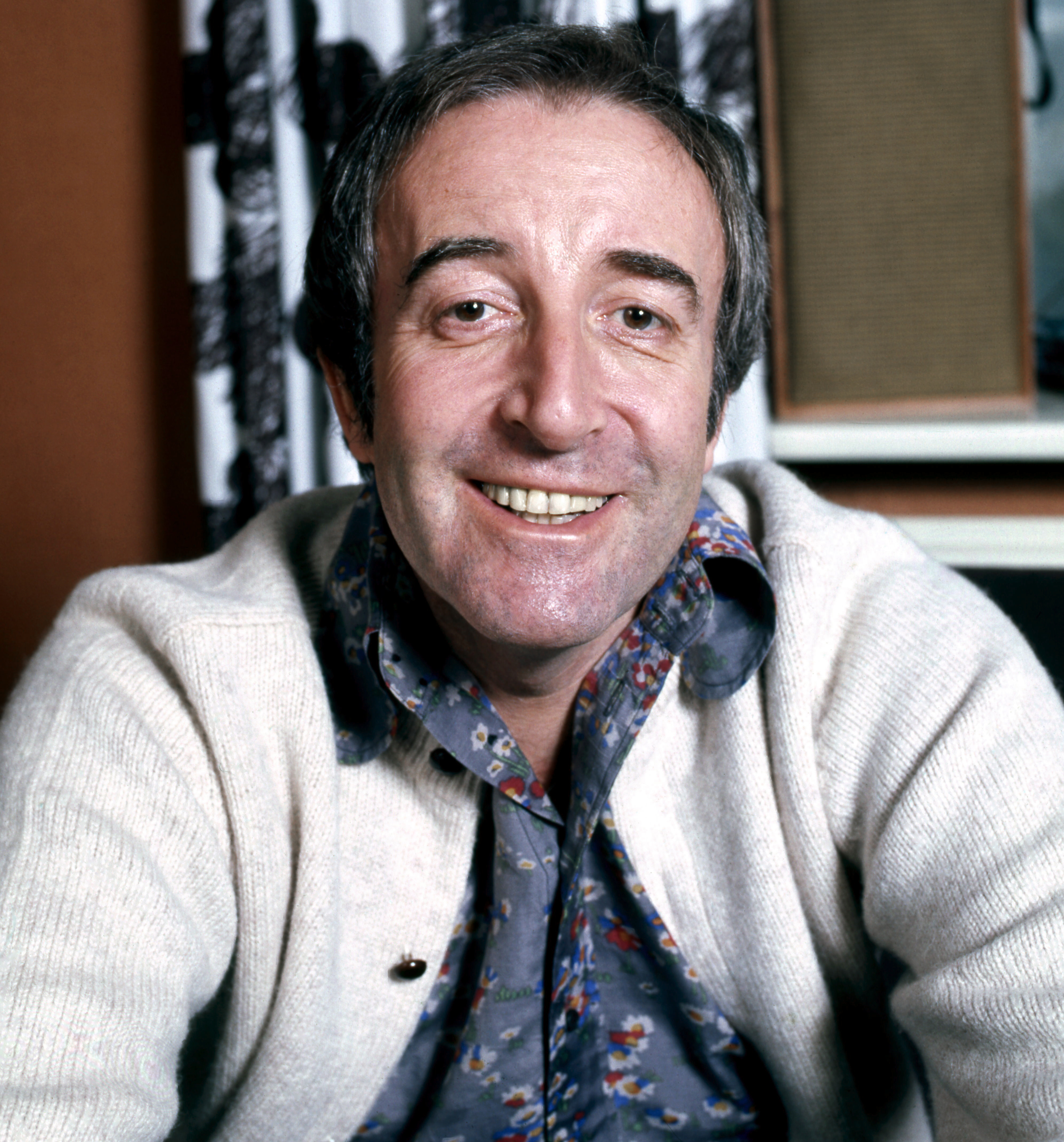
10. **Peter Sellers**Peter Sellers was an unparalleled master of disguise and vocal mimicry, an actor who possessed an extraordinary ability to transform himself completely for his iconic roles. Whether it was his unforgettable multiple characters in the chilling satire “Dr. Strangelove” or his bumbling yet brilliant Inspector Clouseau in “The Pink Panther” series, Sellers was in a league of his own. Few other actors of his era could disappear so thoroughly into such diverse characters within a single film, making him a comedic and dramatic chameleon.
However, beneath the uproarious laughter and critical acclaim, Sellers battled significant personal demons that profoundly impacted his life and career. He was plagued by serious heart problems throughout much of his professional journey, a physical burden that added to his complex inner world. Compounding these health issues was a notoriously volatile temperament that frequently strained and sometimes irrevocably damaged his professional relationships, creating a challenging environment both on and off set.
Although he continued to work until his untimely death in 1980, his later screen appearances, while still showcasing glimpses of his genius, often lacked the consistent brilliance and focused intensity of his earlier 1960s heyday. The combined toll of his persistent health issues and the intricate, often unforgiving, politics of Hollywood ultimately weighed heavily on his artistic output, leaving fans to wonder about the fuller potential that might have been if not for these formidable obstacles.
Read more about: Remembering the Legends: Unsung Farewells of the Stars We Lost This Year
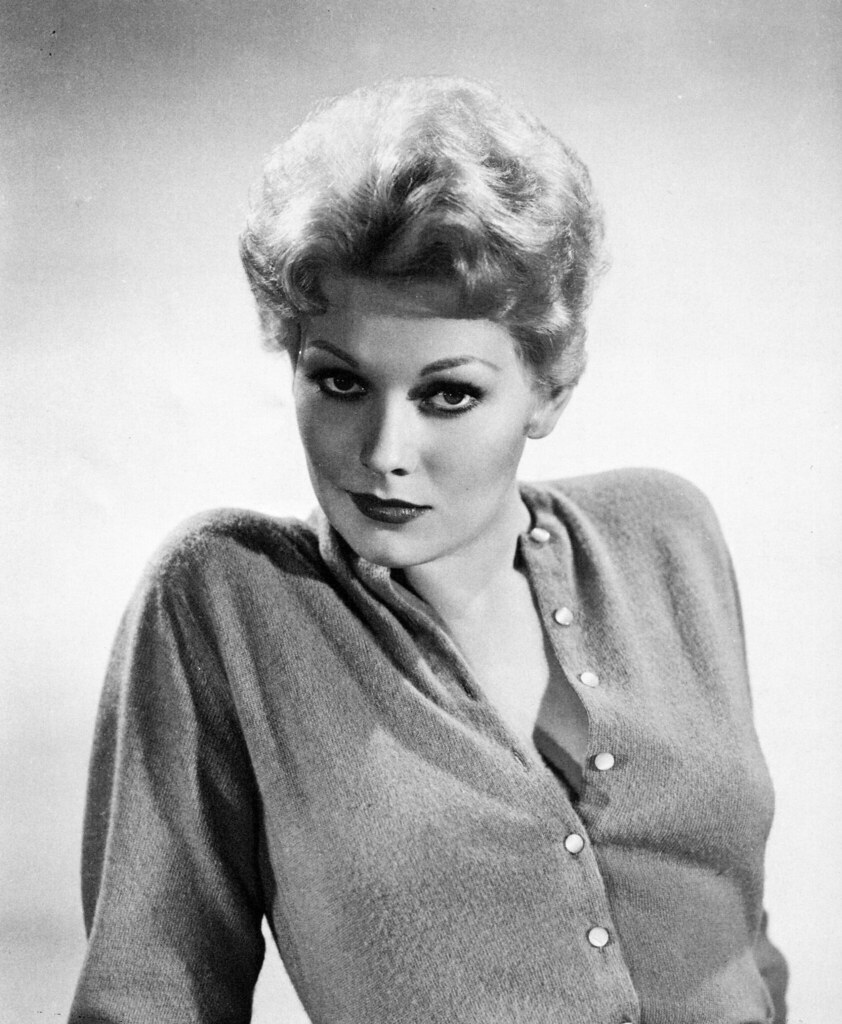
11. **Kim Novak**Luminous on screen with her distinctive platinum blonde hair and a mysterious, almost ethereal aura, Kim Novak became the quintessential Hitchcock blonde. She was the acclaimed director’s ideal leading lady, captivating audiences in the psychological masterpiece “Vertigo,” a performance that cemented her status as a Hollywood icon. Throughout the early 1960s, her striking beauty and understated elegance graced numerous films, establishing her as one of Hollywood’s most bankable and sought-after stars.
Despite her immense success, the relentless pressures of fame and the suffocating control exerted by the studio system eventually became unbearable for Novak. She made a decision that shocked fans and industry insiders alike, choosing to retreat abruptly from the bustling world of Hollywood. This bold move saw her trade the glitz and glamour for a quiet, secluded life on a remote property in Oregon, seeking an escape from the constant demands and public scrutiny.
In her newfound solitude, Novak embraced a life centered around painting and animal care, activities that offered her a profound sense of peace and purpose that Hollywood never truly provided. Her infrequent returns to the industry were notable, yet she largely maintained her distance, demonstrating a resolute preference for personal contentment over the pursuit of enduring celebrity. Her story is a powerful testament to an artist who bravely sought tranquility, finding it far from the spotlight that both made and nearly broke her.
Read more about: You Won’t Believe These 14 Super Celebrity Duos Who’ve Been BFFs For Years, And Some Might Even Shock You!
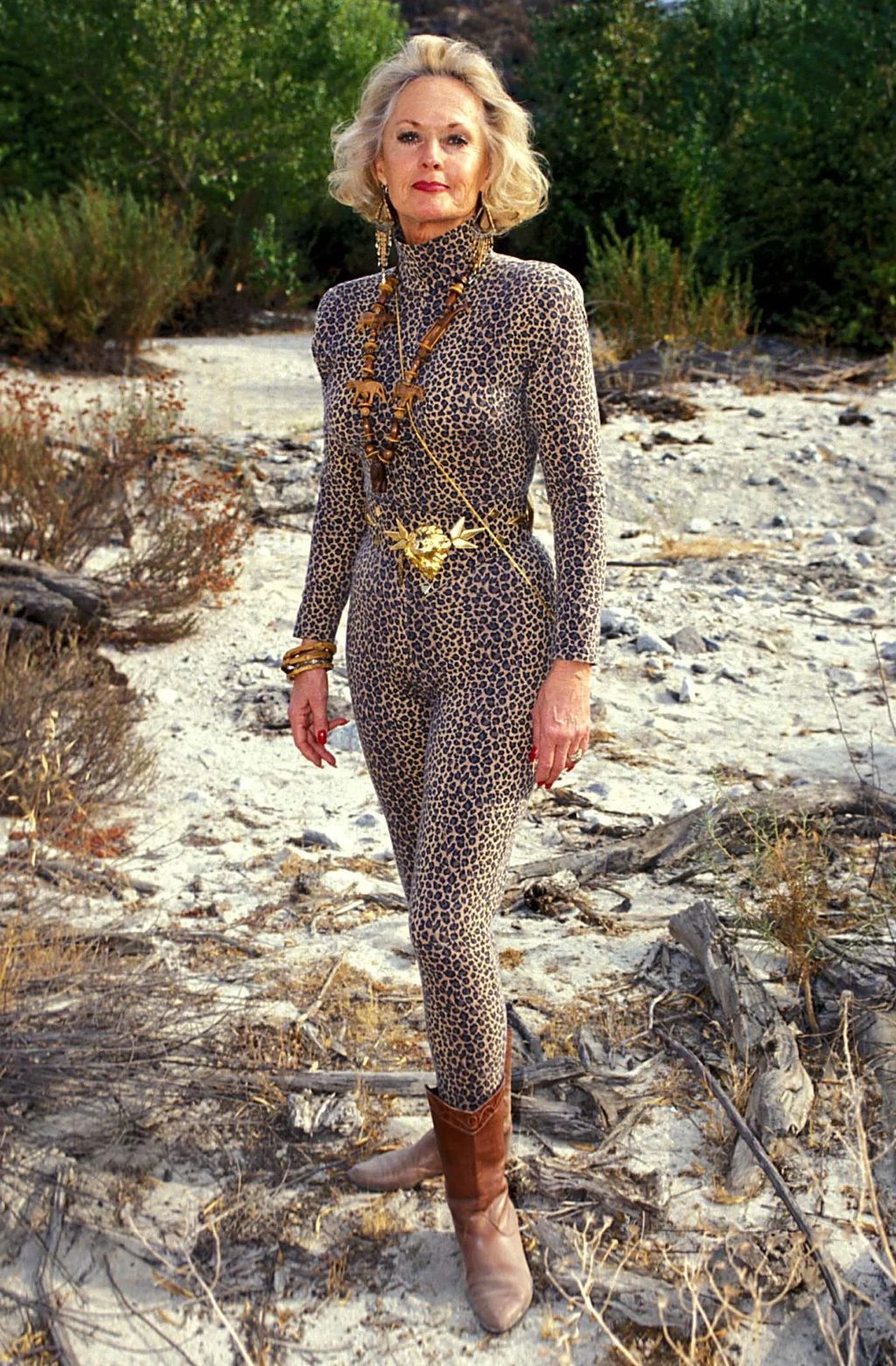
12. **Tippi Hedren**Elegant and impeccably poised, Tippi Hedren emerged as an overnight sensation in Alfred Hitchcock’s terrifying avian thriller “The Birds” in 1963. Her cool blonde beauty, combined with a remarkable composure and steely resolve during those infamous attack scenes, helped create one of cinema’s most memorable and enduring heroines. The world took notice of her striking presence and undeniable talent, seemingly setting the stage for a spectacular film career.
However, Hedren’s promising career trajectory took an unexpected and profound turn following a well-documented falling out with the legendary director, Alfred Hitchcock. Refusing to pursue stardom at any cost, particularly under circumstances she found personally compromising, she made the courageous decision to redirect her considerable passion and energy away from the conventional demands of Hollywood. This pivotal choice marked a significant pivot in her life’s work.
In a move that ultimately defined her enduring legacy, Tippi Hedren channeled her fierce dedication towards animal advocacy. She established The Shambala Preserve, a sanctuary where she wholeheartedly dedicated herself to the rescue and care of big cats and other wild creatures. In essence, she traded the artificial jungles of Hollywood’s soundstages for a vital, lifelong mission protecting real wild animals, demonstrating a profound commitment to a cause far greater than personal fame. Her journey highlights an extraordinary transition from a muse of the silver screen to a roaring advocate for wildlife.
Read more about: Beyond the Tuxedo: Unpacking Sean Connery’s Most Cherished Role and the Unforgettable Performances That Defined a Legend
The stories of these twelve actors, each unique and deeply personal, offer a compelling tapestry woven from ambition, talent, resilience, and the unpredictable nature of the entertainment industry. From those who deliberately sought solace away from the blinding glare of the cameras to others whose paths were tragically cut short or dramatically altered by personal struggles, their journeys underscore a timeless truth: fame is a complex and often fleeting phenomenon. While some vanished quietly into private lives, finding purpose and peace beyond the silver screen, and others faced the harsh realities of changing industry tides or personal demons, their contributions to the 1960s remain an indelible part of Hollywood’s rich history. Their legacies, though sometimes forgotten by the broader public, continue to fascinate and inspire those who delve into the captivating annals of a truly golden era.

